CarePoint Blog
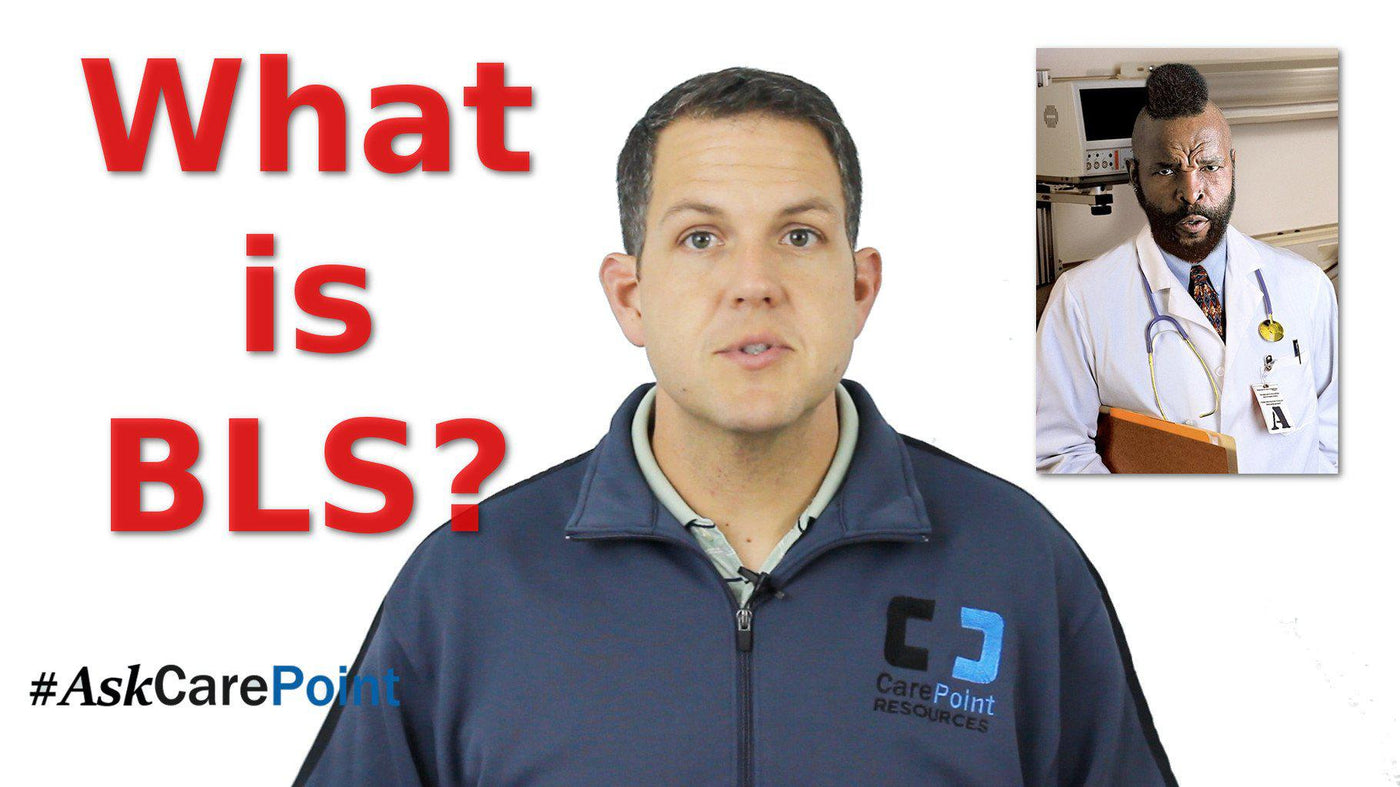
BLS vs. CPR What is BLS?
BLS vs. CPR What Is BLS? | #askcarepoint
Today’s AskCarePoint question comes from LC3. LC3 asks: “Hi all, Just a quick question. Is BLS certification the same thing as CPR certification? If so, where can I take BLS certification classes?”
So, What Is BLS?
BLS stands for Basic Life Support and is the abbreviated title for the course developed by the American Heart Association titled Basic Life Support for Healthcare Providers. In essence, BLS is CPR for Healthcare Providers.
Who Needs BLS Certification?
Basic Life Support for Healthcare Providers is the required level of CPR certification for:
Lifeguards, Emergency Medical Technicians, Nurses, Pharmacists, Physicians…and more
Let’s just say, that if you are considered a professional rescuer, healthcare provider or a student of any of these professions, you’re most likely required to obtain BLS certification.
Now, unlike lay rescuer CPR classes, where you can mix and match various modules based on your needs, BLS is an all-in-one course that covers the topics and skills of:
One and two rescuer CPR for adults, children and infants
- Use of an Automatic External Defibrillator or AED
- Rescue breathing for victims of respiratory arrest
- Ventilation with a bag-mask device or advanced airway
- Relief of choking or foreign body airway obstruction
Please note that the BLS course does not include first aid topics such as treatment for bleeding, burns or broken bones. So, if you’re a healthcare provider that requires first-aid certification, you’ll need to take both the BLS course and a first aid course.
How Can I Become Certified In BLS?
Back in the day, BLS was an all-day course delivered in a classroom setting. The BLS of today has been streamlined and condensed into a 3 to 4-hour classroom-based course, or a blended option that allows you to take the classroom portion online, and then perform a short, in-person skills practice and check-off.
If you’re looking for somewhere to become certified in Basic Life Support, many fire departments, hospitals, and privately owned training centers hold BLS certification classes on a regular basis. A great resource to find a class near you is the American Heart Association’s website found at cpr.heart.org.
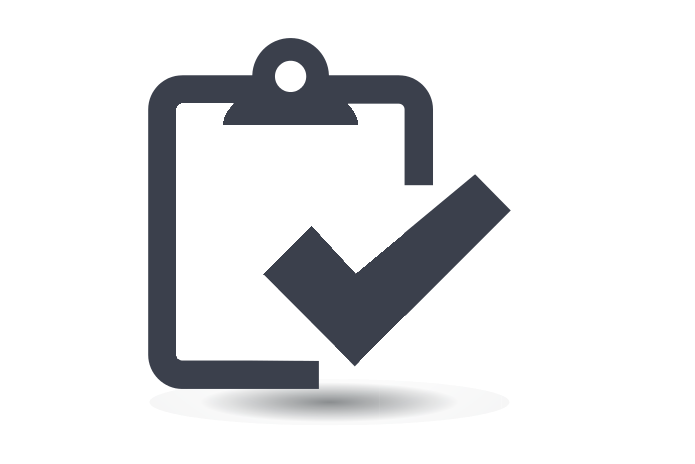
What To Expect At Your ACLS Skills Session
WHAT IS A SKILLS SESSION?
For anyone seeking ACLS certification through the American Heart Association's Heartcode Advanced Cardiovascular Life Support (online-based) course, the ACLS Skills Session is an opportunity to practice and test yourself on the applicable hands-on skills with one of our helpful CarePoint instructors. Heartcode ACLS course is considered a blended learing course, and consists of a 3-part process to certification.
- Part 1 - eLearning and simulation on any internet-connected computer
- Part 2 - In-person skills practice
- Part 3 - In-person skills testing
Before attending your Skills Session, you should have completed Part 1 of the the 3-part process. Upon completion, be sure to print your Certificate of Completion and bring it with you to turn in to your instructor.
Upon Arrival...
When your Skills Session begins, you'll be greeted by one of our friendly AHA instructors. You'll then be asked to turn in your Part 1 Certificate of Completion.
We're focused on your understanding and success, so this point will be a great opportunity to ask questions or review the information you've already covered. Your instructor will ask if there was any aspect of the course for which you have questions. Take this opportunity to address any topics that may not be clear
Skills Practice and Testing
The skills involved in your ACLS check-off will focus on your BLS interventions. Your instructor will work with you to make sure you're comfortable performing the following skills:
- Chest compressions
- Pocket-mask ventilations
- Bag-mask ventilations
- Use of the AED (defibrillator)
You will be presented with an "in-hospital" adult BLS scenario so you can practice these skills in sequence. Following this opportunity to practice, your instructor will then test your skills by asking you to perform the scenario without any assistance or intervention from the instructor.
Once the adult check-off is complete, your instructor will also assess your ability to identify respiratory arrest and provide rescue breaths with a bag-mask device.
Shhhhhhhhh...don't tell anyone (just kidding), but we've included the appropriate check-off sheets to assist you in preparing for a successful check-off:
Upon successful completion of your ACLS Skills Session, you will have earned your 2-year American Heart Association Advanced Cardiovascular Life Support certification. At CarePoint Resources, our hope is that this information aides you in preparing for a smooth and confident check-off experience!
- Randy Boone
- Tags: acls
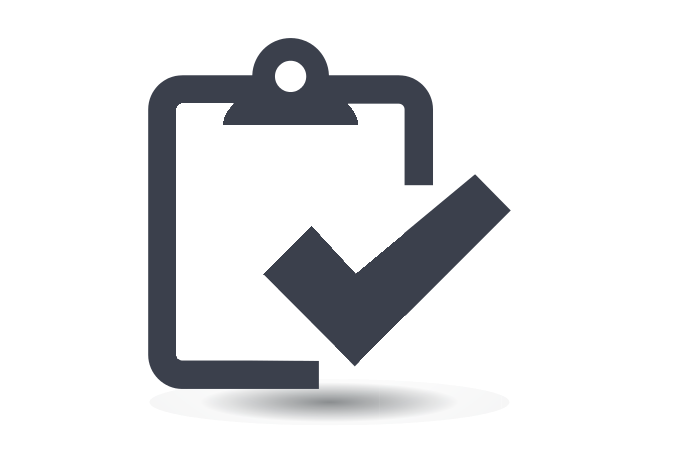
What To Expect At Your BLS Skills Session
WHAT IS A SKILLS SESSION?
For those who seek BLS certification through the American Heart Association's Basic Life Support for Healthcare Providers Blended (online-based) course, the BLS Skills Session is an opportunity to practice and test the necessary hands-on skills with one of our helpful instructors. The blended course is a 3-part process to certification.- Part 1 - eLearning and simulation on any web-connected computer
- Part 2 - In-person skills practice
- Part 3 - In-person skills testing
WHEN YOU ARRIVE...
Upon arrival, you'll be greeted by one of our friendly AHA instructors. You'll then be asked to present your Part 1 Certificate of Completion.We're focused on your understanding and success, so your instructor will ask if there was any aspect of the course for which you have questions. Take this opportunity to address any topics that may not be clear.
SKILLS PRACTICE AND TESTING
Your instructor will work with you to make sure you're comfortable performing the following skills:
- Chest Compressions
- Pocket-mask ventilations
- Bag-mask ventilation
- Use of the AED (defibrillator)
You'll then be given an "in-hospital" adult BLS scenario so you can practice these skills in sequence. Following this opportunity to practice, your instructor will test your skills by asking you to perform the scenario without any assistance or intervention from the instructor.
Once the adult check-off is complete, you'll then follow the same process for the infant skills and scenario.
Shhhhhhhhh...don't tell anyone (just kidding), but we've included the adult and infant BLS check-off sheet to assist you in preparing for a successful check-off:
Upon successful completion of your BLS Skills Session, you will have earned your 2-year American Heart Association Basic Life Support for Healthcare Providers certification. At CarePoint Resources, our hope is that this information aides you in preparing for a smooth and confident check-off experience!
- Randy Boone
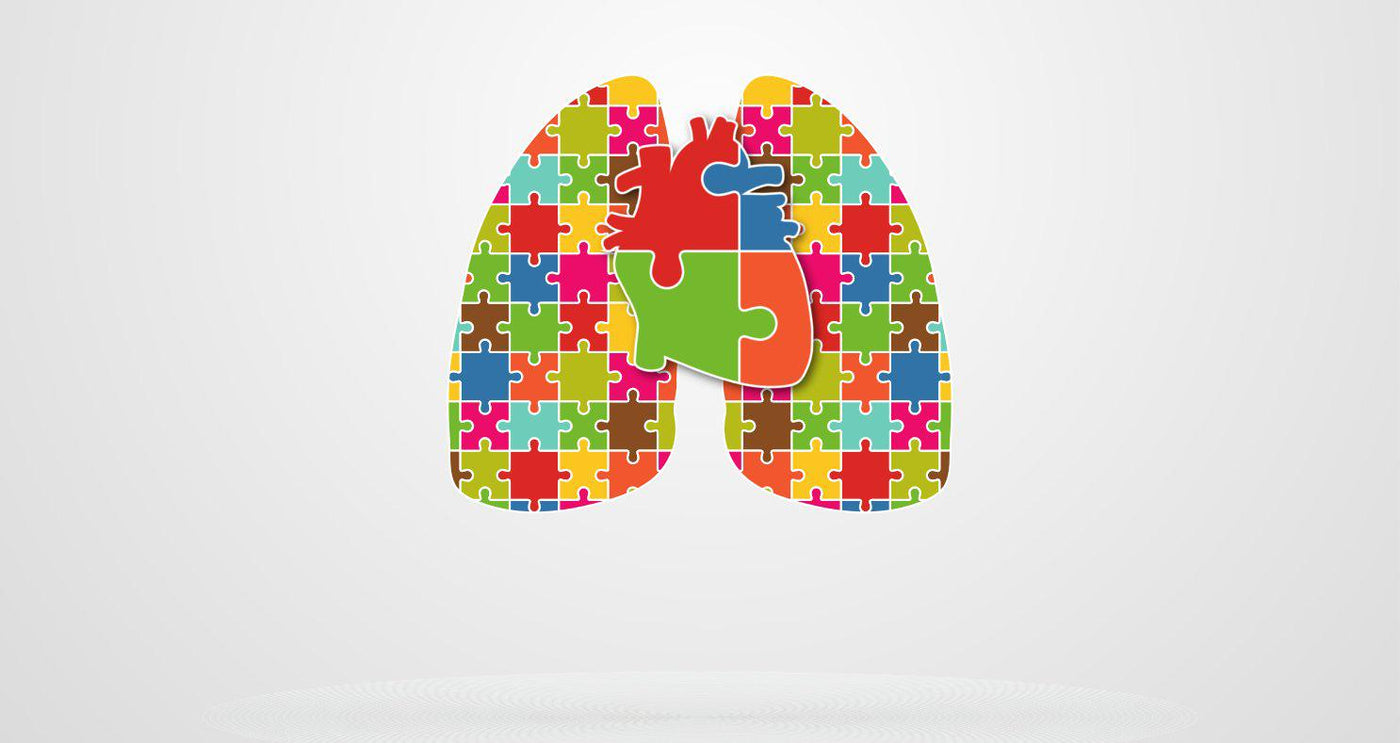
Agonal Breaths | When Breathing Isn't.
WHAT IS AGONAL BREATHING? WHAT ISN'T IT? WHY IS IT A "GOOD" SIGN DURING CARDIAC ARREST?
WHAT ARE AGONAL BREATHS?
Agonal breaths or respirations are, in essence, the body's last-ditch effort to deliver oxygen to the vital organs. When a victim of cardiac arrest's heart ceases to pump blood due to a disorganized rhythm, the breathing center in the brain begins to starve for oxygen-rich blood. This is called "ischemia." In this state, the brain-stem initiates a reflexive type of "breathing" characterized by an infrequent, sudden, shallow gasp. This reflexive breathing pattern is made possible through the sudden spasm of both the diaphragm and the muscles in the jaw that can occur for up to several minutes following cardiac arrest.To the untrained eye, the sudden expansion of the chest and opening of the mouth may look similar to normal breathing, but this phenomenon is, in fact, anything but normal.
AGONAL BREATHING IS NOT NORMAL BREATHING
Normal, life-sustaining breathing is typically smooth, rhythmic, and quiet. Agonal respirations are sudden, irregular and normally accompanied with a snoring sound or gasping vocalization as a small amount of air enters the lungs. Studies show that up to 40% of cardiac arrest victims exhibit an agonal breathing pattern. For this reason, it is important to realize that when an unresponsive person is seen with agonal-type breathing it is a sign of the need for CPR and AED use for lay-providers, and for healthcare providers, it is a prompt for carotid pulse assessment.THE CURSE AND BLESSING OF AGONAL BREATHS
The Curse - Responder Confusion
Far too often, bystanders and even healthcare professionals witness agonal breathing and assume the victim has a beating heart. This results in a failure to begin resuscitation when in fact, the patient is in desperate need of CPR and defibrillation. With 30-40% of cardiac arrest victims experiencing agonal respirations, the need for bystanders and EMS personnel to recognize this phenomenon and respond appropriately is vital.The Blessing - A Window of Opportunity
Seconds matter in cardiac arrest with the probability of successful resuscitation being highest within the first 3 to 4 minutes of the event. Since we know that agonal breaths are only present during the first few minutes after cardiac compromise, even in an un-witnessed arrest, their presence can be reassurance that this window of opportunity is still open.
RESPONDING TO AGONAL BREATHING
FOR LAYPERSONS
Outside of the hospital setting, the lay-provider is the most likely candidate to witness agonal breaths in a cardiac arrest victim. This is the point where the quality of your CPR training comes into play.Once you recognize the presence of the quick, reflexive, and irregular gasps in an unresponsive person, you should be assured of the victim's need for immediate CPR and rapid defibrillation. The best results will occur with high-quality CPR being performed until a readily available AED is applied and instructs you to pause CPR.
Remember, victims taking agonal breaths are treated the same way as victims who are not breathing at all. Activate the emergency response system, use an AED, and perform CPR in the meantime.
FOR HEALTHCARE PROVIDERS
Remember your Basic Life Support training. Your next action when you see an agonal breath in an unresponsive patient is to call for help and assess for a carotid pulse. If there is no definite, strong pulse felt within 5 to 10 seconds, begin CPR while the cardiac defibrillator or AED is being applied. Also remember that in the interest of not interrupting life-giving chest compressions, we do not reassess a carotid pulse until we see signs of life in the presence of an AED, or we see the presence of an organized rhythm on the cardiac monitor. Continued agonal breaths during CPR are not considered signs of life as are normal spontaneous breathing and purposeful movement.- Randy Boone
- Tags: agonal
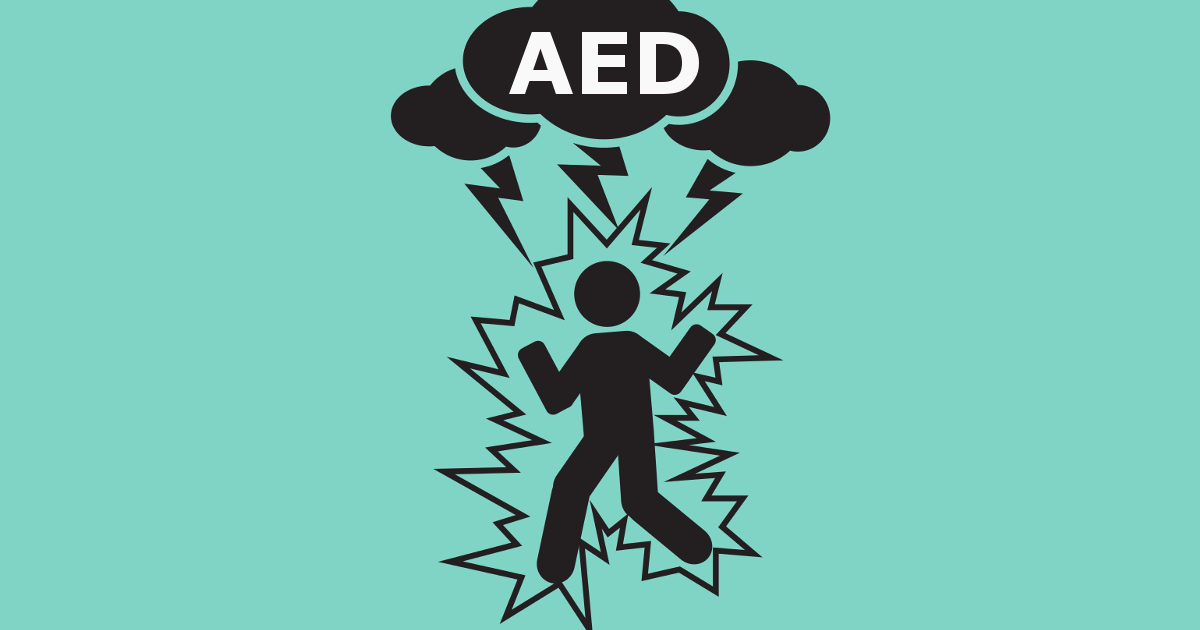
5 Steps To Shocking The Life Into Someone
Mere seconds ago the 14-year old girl was fighting for a championship soccer victory. Now, she's fighting for her life. While in mid-stride, she suddenly became lifeless and fell to the pitch. Bystanders rush to her side and find her unresponsive and not breathing. One of the bystanders is on the phone with 9-1-1 as the other begins pushing hard and fast in the center of her chest. He then looks up at you and tells you to find an AED...
AEDs are safe. AEDs are designed with safety in mind. The units are programmed so that they will only shock when the victim would benefit from it. The risk of a bystander receiving an unintended shock is also reduced. AEDs give clear and audible directions informing bystanders during times when they should not touch the victim. Some units are also able to sense outside interference (touching) and will not deliver a shock until the interference ceases.
Within minutes, you find an AED located in a cabinet, mounted near the snack-stand. Upon returning to the scene, you find bystanders still performing CPR...
STEP 1: TURN ON THE AED

Depending on the unit, there may be an on/off button to press, or simply opening the cover of the device may turn it on. Some units may turn on automatically when they are removed from their cabinet. Once the unit is activated, it will begin to provide you with audible voice prompts from this point on.
STEP 2: PLACE THE PADS

Depending on the age of the victim you'll use either adult or pediatric pads. The pads for some units may be pre-connected, or you may have to connect the pads to the unit. Placing the pads is as easy as looking at the diagrams located on the pads, themselves. Some units show pad placement below the right collarbone and the left underarm. Other devices may have you place one pad in the center of the chest and one in the center of the back. Either way, a quick look at the pads will tell you right where to place them.
STEP 3: CLEAR THE VICTIM

Once the pads are in place, the AED will instruct you to stop CPR and stand clear of the victim. The AED needs a chance to get a clear look at what the victim's heart is doing. Ensuring that no one is touching the victim is important so that nothing interferes with the AED's analysis.
STEP 4: SHOCK!

Once the AED has taken a look at the victims heart activity, it may tell you that a shock is needed. Some units may shock automatically following a brief countdown, while others may direct you to push a flashing "shock" button once you determine that no one is touching the victim. The shock is delivered instantaneously, and may cause the chest and arm muscles to flinch. It is at this point the AED has attempted to stop the victims heart in an effort to allow the heart's generator to start back in an organized, blood-pumping rhythm.
STEP 5: START CPR

Once the shock is delivered, the device will instruct you to begin two minutes of CPR, starting with compressions (pushing on the chest). Some units may direct you through each step of performing CPR, while others may simply count down the two minute period. CPR following a shock is important. Even if the shock successfully restored an organized heart rhythm, the heart muscle may take some time before it starts to respond (beat) to that rhythm. You'll want to leave the AED "On" so that it can continue to analyze the heart's rhythm and, perhaps, direct you to provide additional shocks.
STEP 6: TAKE A CLASS
Ok, so there's no Step 6, but you should know that while these steps can be performed by an untrained bystander, you'll be much more confident and efficient if you take a CPR and AED training class. A great resource to find a local class is the American Heart Association's website. You are also welcome to view our upcoming CPR classes here.
- Randy Boone
- Tags: aed defibrillation how to sudden cardiac arrest
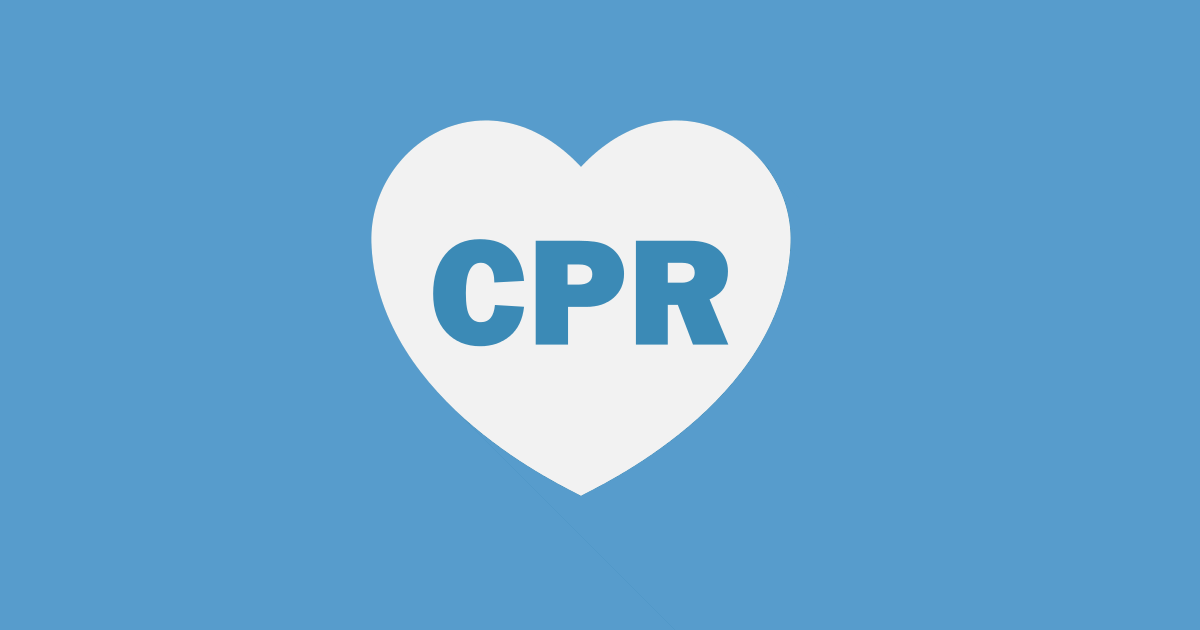
What Does CPR Stand For?
What does the acronym CPR stand for? Are there different types of CPR? Learn more about this lifesaving skill!- Randy Boone
- Tags: bls compression-only cpr hands-only heartsaver traditional






